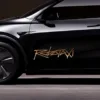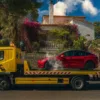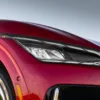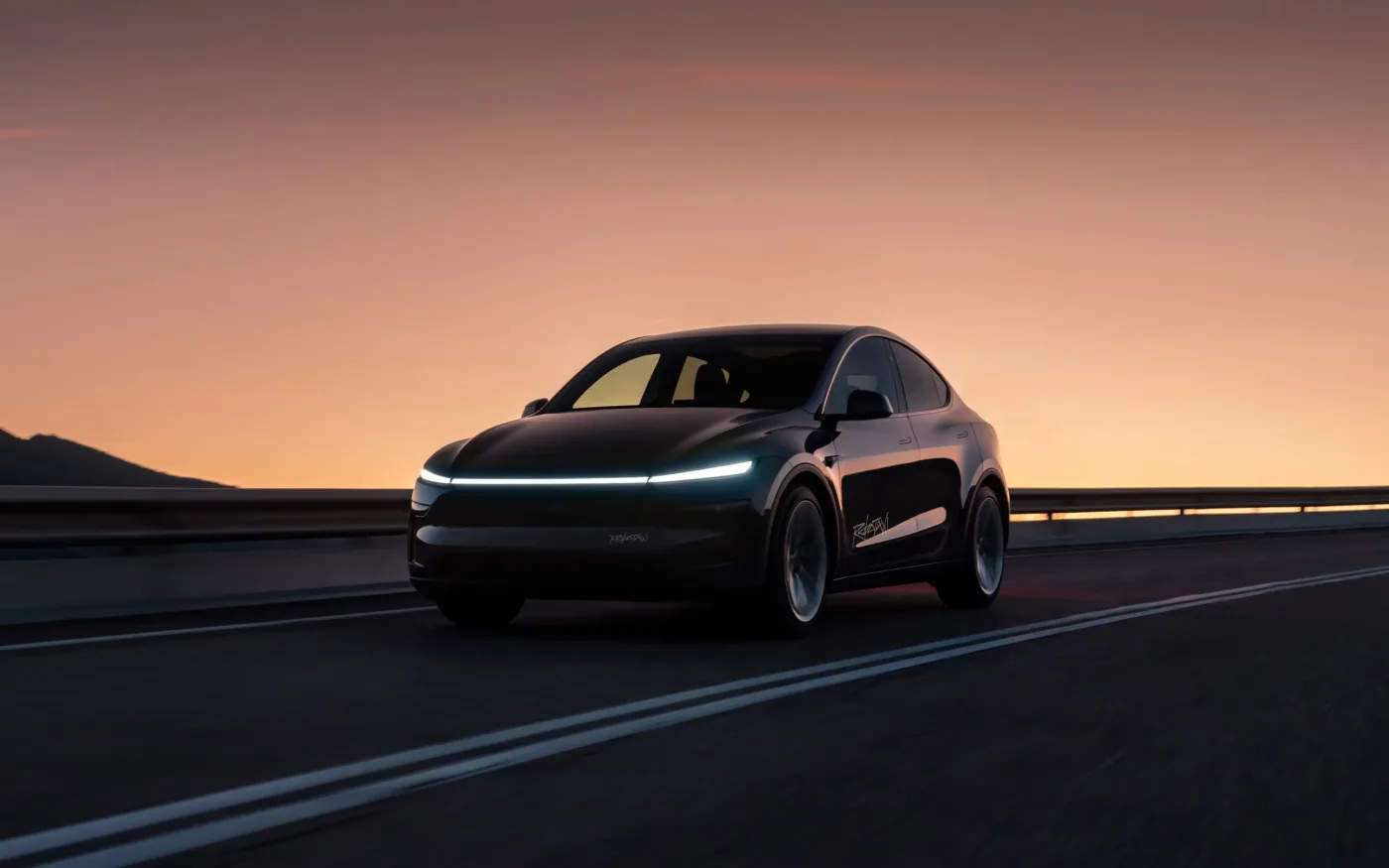If you heard the soft screeching of tires on South Congress Avenue on Sunday, June 22, you weren’t dreaming—these were the first Tesla Robotaxi to begin ferrying passengers without a traditional driver behind the wheel in Austin. After nearly a decade of Musk’s enthusiastic predictions, the futuristic promise has become an everyday reality; and at a price that’s truly… well, ridiculously affordable.
In the first phase, Tesla sent about ten on the road Model Y, which circulate along a strictly defined route within the city center. The ride costs a flat 4.20 USD – a price that seems almost ridiculous (especially when compared to the cost of parking in downtown). But beware:
- Driving area is limited to a safe zone where intersections are simpler and weather conditions (for now) are mostly friendly.
- Passengers they must be at least 18 years old – apparently these robots are still too young for a kindergarten adventure.
- Security members They sit in the passenger seats and can sniff out any irregularities in an emergency, although Tesla prefers not to discuss which alarm goes off first – the one on the roof or in the pixelated software.
Cameras vs. lidar: a showdown for visibility
While competitors Waymo and Zoox swear by three-dimensional “lasers” (lidar), radar and cameras, Musk insists on the camera-only formula: first because it is cheaper, and then – they say in Silicon Valley – because it should prove more reliable over time, when the algorithms are smart enough. Critics, however, doubt that this will work on a foggy morning or under the bright sun – apparently even the future sometimes needs glasses. Nevertheless, the first shots from those who have already sat in the Tesla Robotax are convincing: the ride is smooth, royally quiet and almost flawless… at least until the intersection appears in the middle of the road.
New regulations: Texas tightens controls
Just before the start, Governor Greg Abbott signed a bill that will require state licensing for all Level 4 autonomous vehicles starting September 1. The process will be “simple,” according to officials, but the license can be quickly revoked if the robots endanger pedestrians or get too excited about red lights. This officially marks Texas’s departure from its 2017 “zero regulation” policy, which has already woken many tech enthusiasts from their dreams of carefree driving.
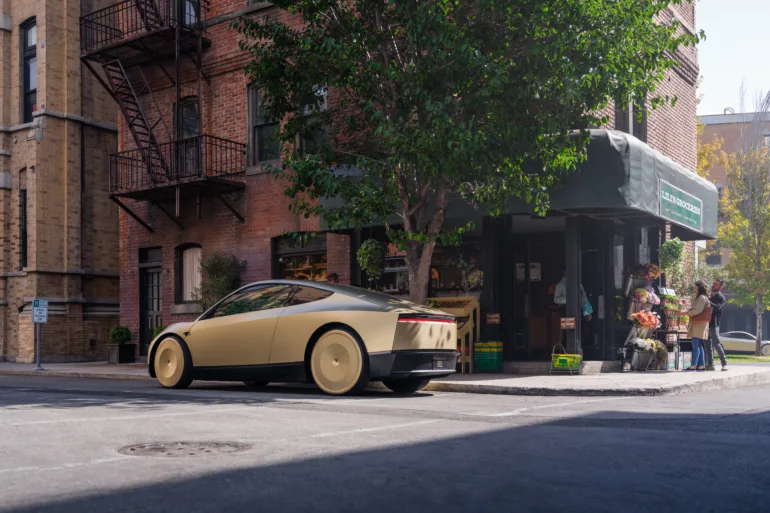
Business significance and future outlook
For Tesla, the success of Robotaxi is of strategic importance: investors and analysts estimate that the company's market value will be largely built on this service (along with the humanoid robot Optimus). According to Professor Philip Koopman of Carnegie Mellon, the Austin test could be called "the end of the beginning", but a real mass introduction - if Musk is to be believed - will take several more years of hard work and endless software updates.
Conclusion: Tesla Robotaxi

Tesla Robotaxi in Austin is not just a step, but an almost teleporting leap into autonomous mobility. A ride for $4.20 sounds tempting, but we're eagerly awaiting how the technology, legislation, and public opinion will develop in the coming months. Would you indulge in a driverless adventure through the streets of a city where every traffic light is a test of trust in cameras? Share your opinion and experiences in the comments and don't forget to tag a friend who would dare to be the first!
